Here are the folklore-related memes I published to social media in January 2022.
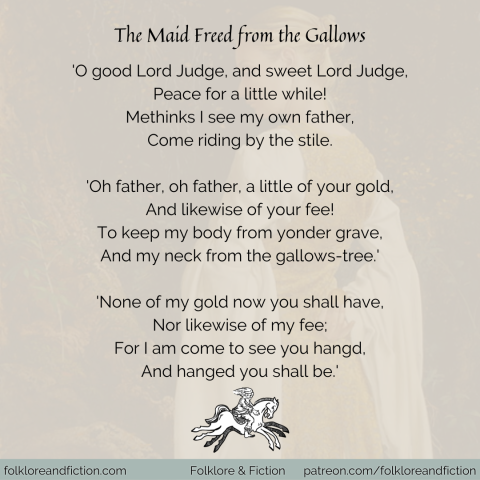
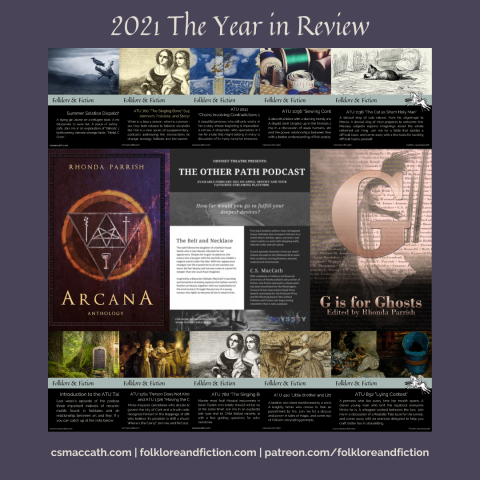
Happy New Year, everyone! It's been a while since I posted a year-end report, but I think 2021 certainly calls for it! Here's what I accomplished.
Here are the folklore-related memes I published to social media in November 2021.
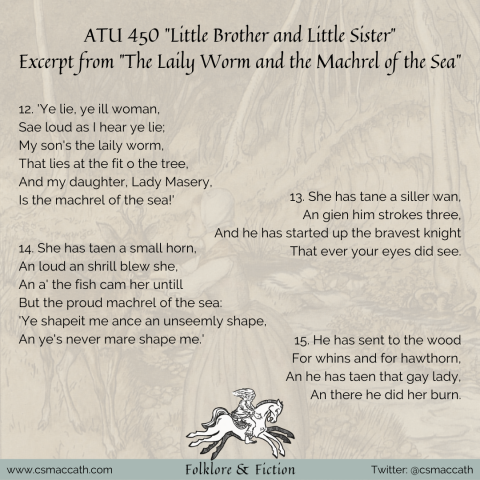

Rebecca Buchanan recently gave me the opportunity to discuss Folklore & Fiction's 2018 inception as the first online folklore scholarship project aimed at storytellers. I also discussed my Pagan spirituality and practice, my forthcoming play and EP, the folklore of folk metal, and a few other things. Thank you, Rebecca, and thank you, ev0ke!
Interview: https://ev0kepublication.com/november-bonus-content-interview-ceallaigh-s-maccath-moran
Here are the folklore-related memes I published to social media in October 2021.
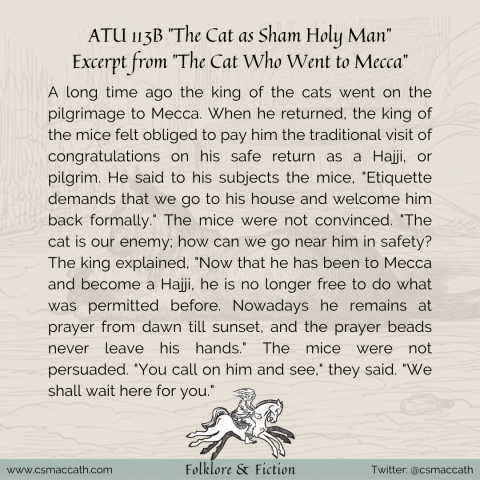
Here are the folklore-related memes I published to social media in September 2021.
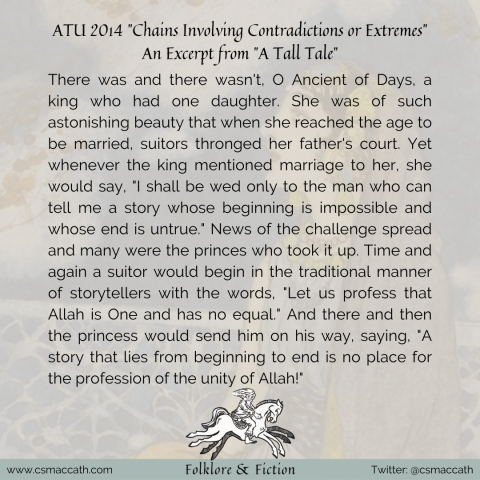
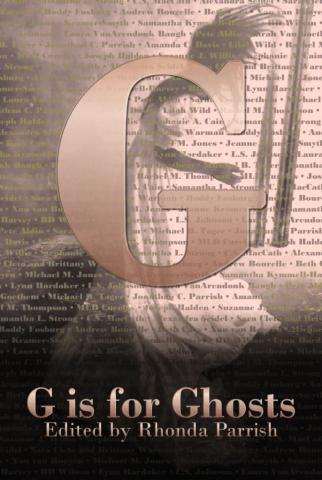
Happy book birthday to Rhonda Parrish and all the contributors to G is for Ghosts! I'm very proud of my own contribution, titled "Metal Crow and Ghost Crow," a near-future fable about souls and what it means to have one.
You can learn more about the anthology, add it to your reading list, and find a link to buy a copy here.
Here are the folklore-related memes I published to social media in August 2021.
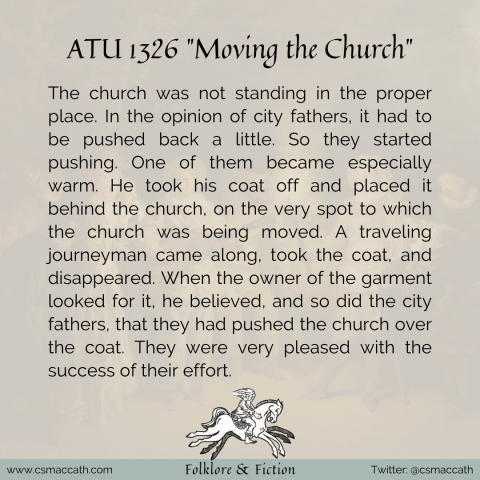
Here are the folklore-related memes I published to social media in July 2021.
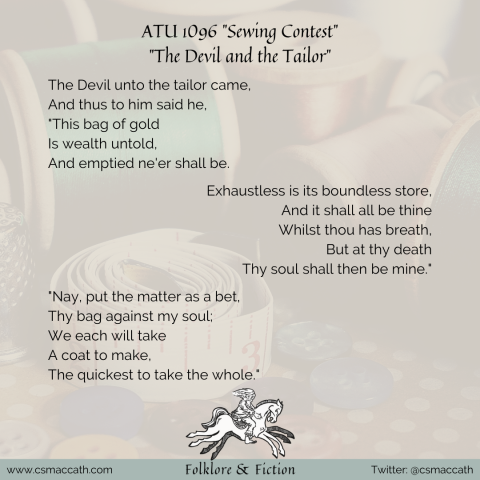
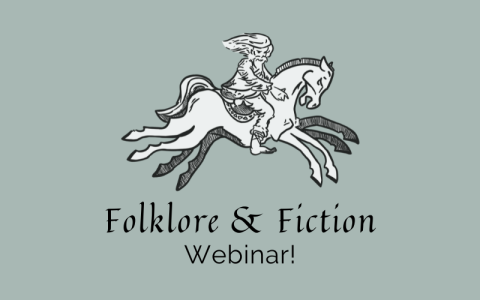
Myths, legends, fairy tales, and fables are distinct folk narrative types with specific characteristics, but the terms are often conflated in common usage, and the genres themselves are sometimes muddied in contemporary storytelling.